
Breaking: 2025 Kawasaki Ninja 500 Launched in India
- Jan 17, 2025
- Views : 2127

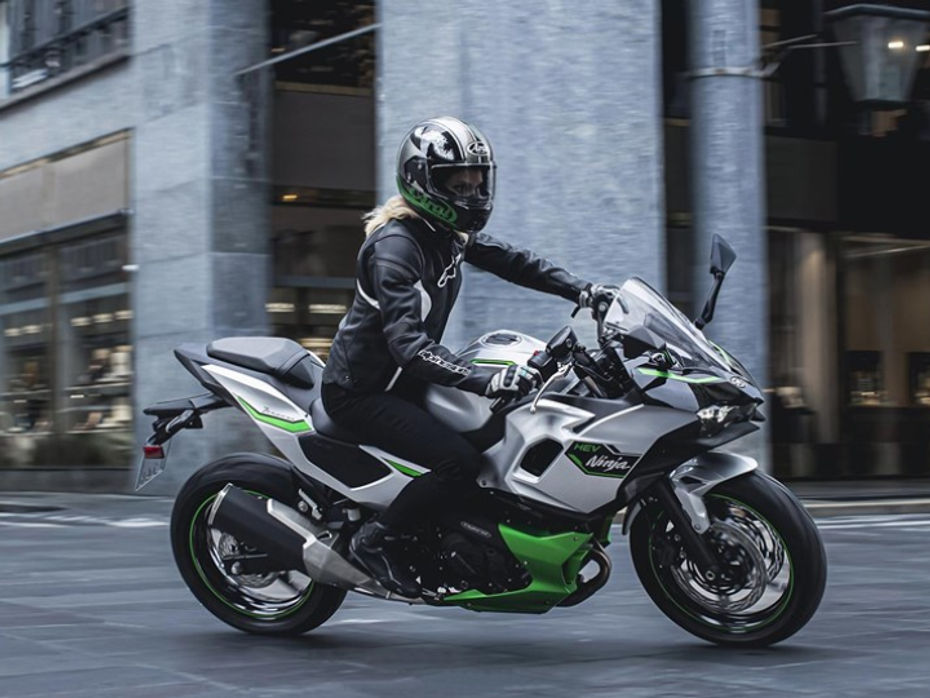
Kawasaki has patented designs for the Ninja 7 Hybrid and the Z e-1 in India. So then will these two be coming to India soon? I mean Kawasaki doesn’t trademark a whole lot of bikes in India (just the Versys 650, W175 and the Z650 over the past 3-4 years). So it does mean good news for us right, since we’ll finally be getting a hybrid bike, and that too a Japanese one? Well, not really, because both bikes make no sense for India. Here’s why:
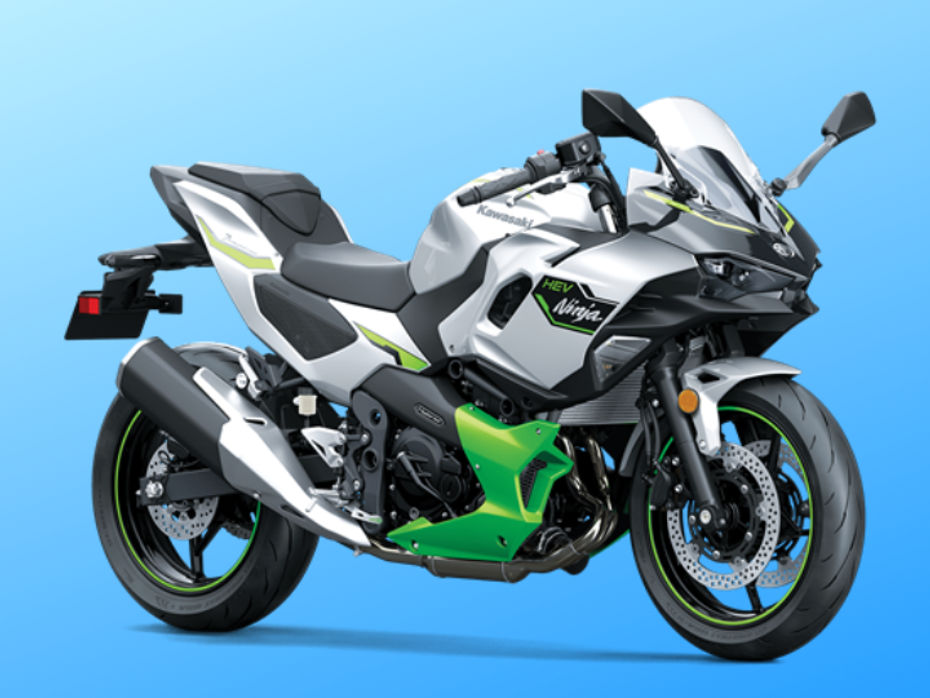
Team Green fanboys will say that the Ninja 7 Hybrid’s fuel efficiency will be the highlight. And sure, Kawasaki claims the Ninja 7 Hybrid’s mileage will be close to a 250cc petrol-powered bike. But the motor is a twin cylinder, at the end of the day, so don’t expect much more than 30kmpl, and that too on a good day. Funnily, the 2022 Kawasaki Ninja 400 returned a mileage of 24.18kmpl in the city and 29.24kmpl out on the highway in our real-world test. So not that you’ll be saving a lot of fuel money anyway.
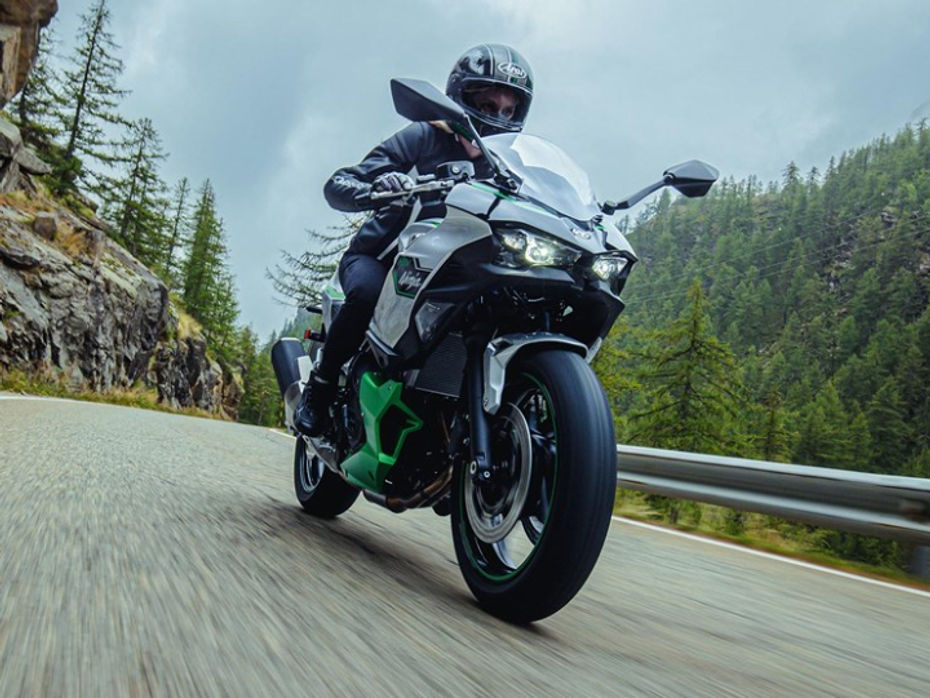
Add to that Kawasaki’s ‘brilliant’ pricing. In the UK, the Ninja 7 Hybrid costs 11,949 GBP (approximately Rs 12.67 lakh). And funnily enough, the much more powerful Kawasaki Z900 costs 9,699 GBP (approximately Rs 10.28 lakh). So for less money, you get two extra cylinders, nearly twice the capacity and better features…all of that while the sweet, sweet inline-four soundtrack blesses your ears. Sounds like a much better deal if you ask us.
Electric Two-Wheelers Price List March 2024: Ather 450X, Ola S1 Pro, TVS iQube And More
Upcoming Ather Rizta Electric Scooter Battery Teased And Drop-tested On Video
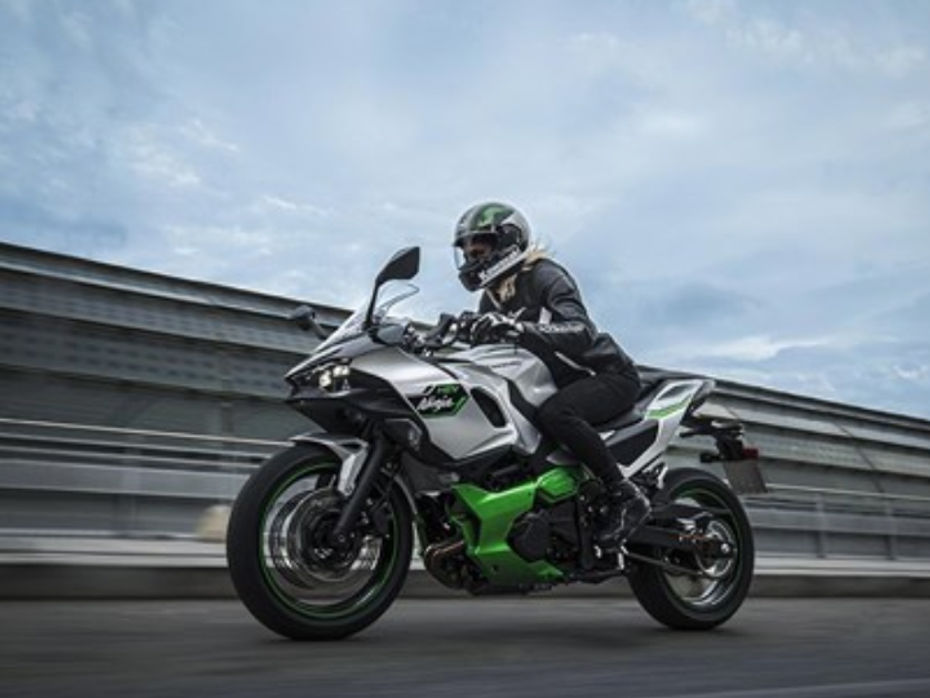
the automobile community
Hybrid motorcycles make a bit more sense in the west where motorcycling is more of a hobby. Owning a hybrid bike means you would stand out with a piece of tech that very few people have. But things are completely different in the Indian context. Spec-wise, the Ninja 7 Hybrid doesn’t really have anything that’s a lot better than its petrol-powered siblings. Plus, this hybrid Ninja would be far from what you’d call a cheap motorcycle, so as a country obsessed with ‘value for money’, there are other petrol-powered bikes in Kawasaki’s lineup itself that offer far better value for your money. And those who are insistent on electric bikes would obviously think about the Ultraviolette F77 instead. It is a bike that’s made keeping the Indian conditions in mind and we found it to be unique and quite likeable when we rode it last year.
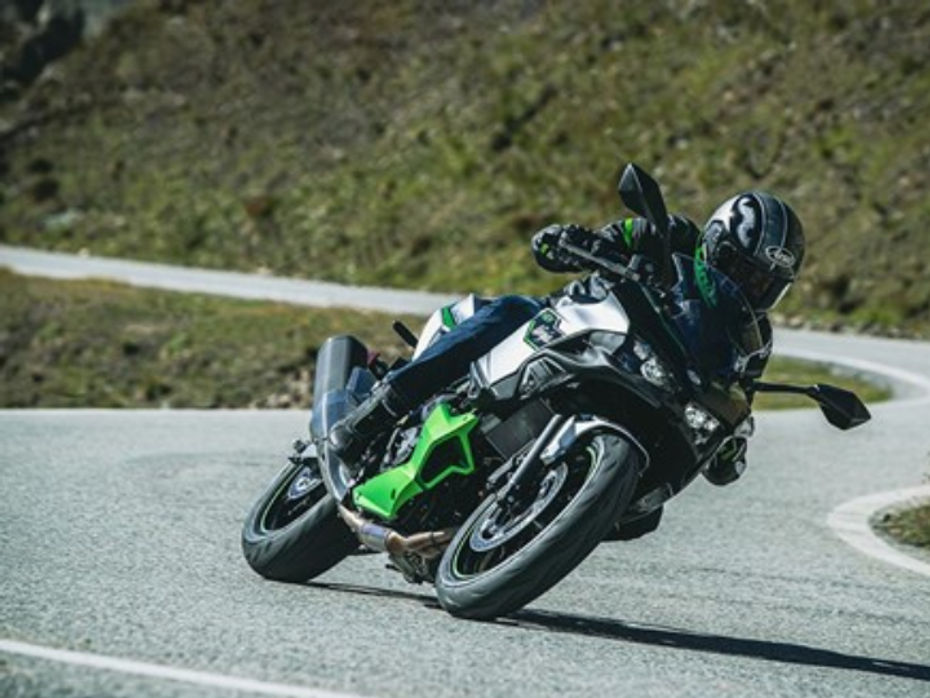
Why would the Ninja 7 Hybrid be trademarked in India, then? Well, a lot of times, manufacturers trademark designs and names here just to secure the rights, without it being challenged legally, so that doesn’t necessarily mean that they will be launched here. Honda, for example, trademarked exciting bikes like the CBR250RR, the CRF 300L and even the rugged X-ADV scooter. And what did we get in the recent past? A bike that isn’t half as good as its pompous name, a dated air-cooled 300cc streetfighter, a couple of pricey big bikes that’ll never have enough stocks for test rides and the most exciting of the lot….limited editions for the Activa 6G.
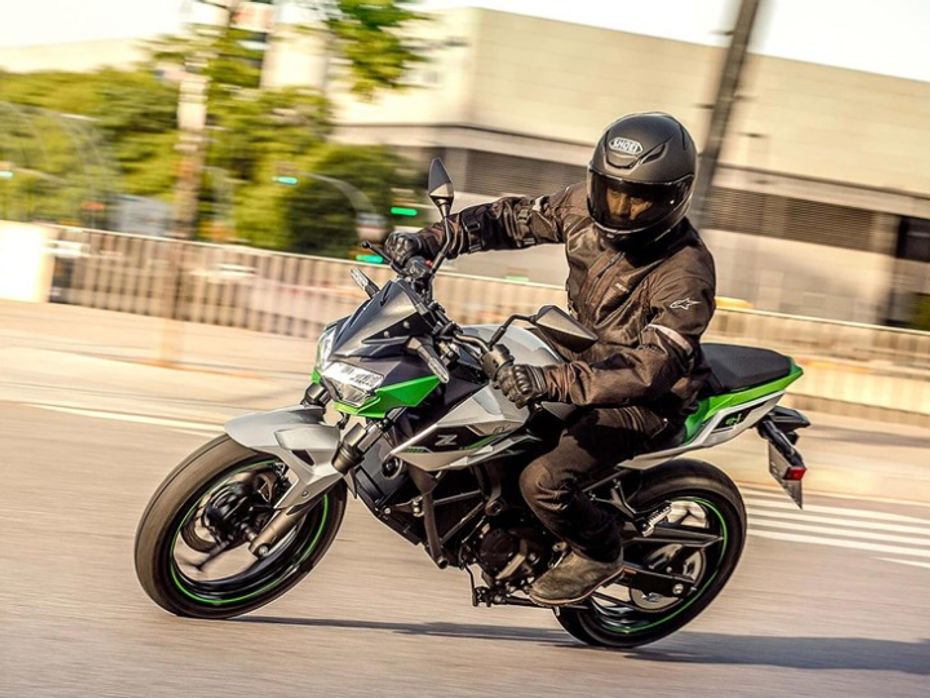
As for the Z e-1, with its 5kW motor and 99kmph top speed, it has 125cc equivalent performance that’ll likely have a 521cc equivalent price. So you can forget about it altogether.
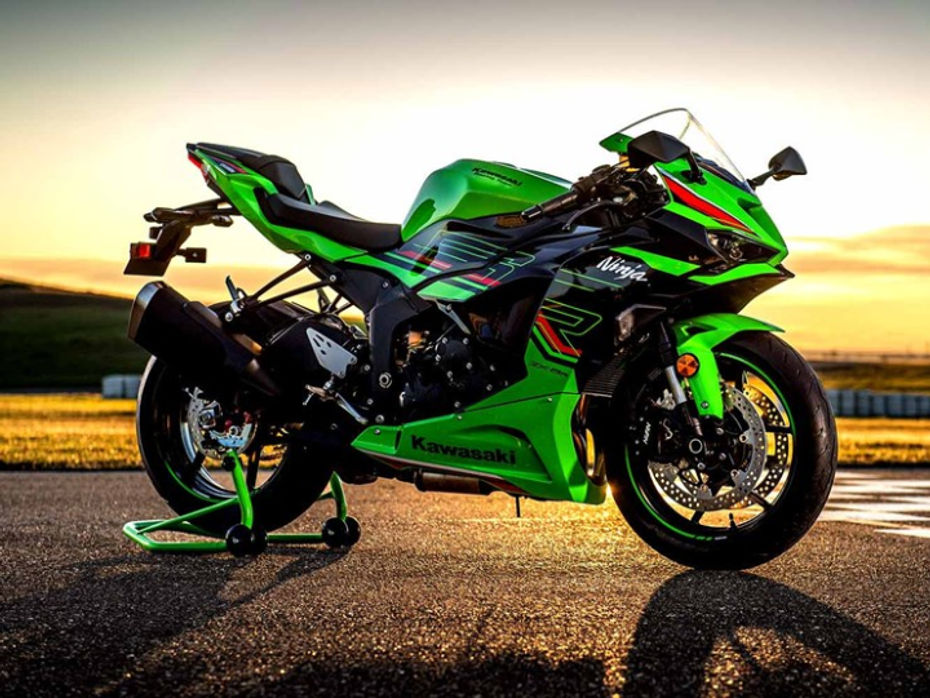
But hey, Kawasaki’s ICE lineup in India has had quite a lot of exciting additions of late. We got the Ninja 500 earlier this year at a decent price, the recently launched 2024 Z900 costs just Rs 9k more than its predecessor and the incredibly potent Ninja ZX-6R is finally back! Accompanying these sporty bikes is the Eliminator with its Rs 5.62 lakh price tag and all of these things mean that the Ninja 400, Ninja 650, Versys 650 & Vulcan S, are now all a whole lot more affordable. So Team Green fanboys still have plenty to be happy about.

Breaking: 2025 Kawasaki Ninja 500 Launched in India

Kawasaki Ninja ZX-10R Gets A Huge Price Cut Of More Than Rs 1 Lakh

BREAKING: Kawasaki KLX230 Launched in India

This Week's Two-Wheeler News Wrapup: Royal Enfield Scram 440,...

Kawasaki KLX230 vs Hero XPulse 210: Buy Or Hold

Kawasaki India Year End Discounts Up To Rs 45,000 Announced

Kawasaki Bikes Get New Year Discounts Of Up To Rs 45k

Kawasaki Ninja 300 vs TVS Apache RR 310: Image Comparison

Kawasaki Ninja 1100SX India Launch Soon

The 2025 Ather 450 Put Through An Insane Track Attack Challenge...
India's largest automotive community
 Honda Livo
Rs. 83,080
Honda Livo
Rs. 83,080
 BMW R 1300 GS Adventure
Rs. 22.95 Lakh
BMW R 1300 GS Adventure
Rs. 22.95 Lakh
 BMW S 1000 RR
Rs. 21.10 Lakh
BMW S 1000 RR
Rs. 21.10 Lakh
 Suzuki Gixxer SF 250 Flex Fuel
Rs. 2.16 Lakh
Suzuki Gixxer SF 250 Flex Fuel
Rs. 2.16 Lakh
 Hero XPulse 210
Rs. 1.75 Lakh
Hero XPulse 210
Rs. 1.75 Lakh